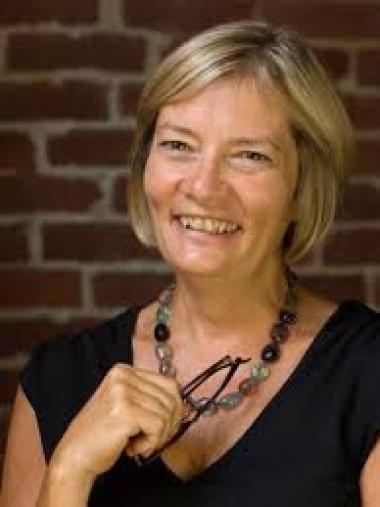
I have always felt that there has got to be much more of a connection between what we do on any college campus and what gets out in the community. And that, we can’t keep what we learn in our own research, just among ourselves. It has to go back to the community and we have to be informed. Out of the blue three years ago I got this email from this man. Somebody I didn’t know and he said, “I have these old photos from African Americans in Worcester that you might be interested in,” and it was the end of the semester and I blew him off quite frankly. And he called again and I said, “You know, I’m going to Worcester tomorrow, I’ll go see what he has.” I had no idea. So we made arrangements and his name is Frank Morrill and he lives out in Charlton and he’s a collector of many things. He said he had a collection of 5,400 glass negatives. The entire work of one photographer [William Bullard]. It was a white photographer. And within that collection, he has come across this fortress of over 200 portraits of people of color that were taken in Worcester. And he started showing me these and I was thinking, these are amazing I had never seen anything like this. And I mean not just for Worcester but anywhere in the country. And then he said, “Oh, by the way, I have the photographer's log book so I can tell you who most of these people are.” And I said, “Are you kidding me?” And then I started recognizing names because I had just written this book. I know this family, I know this person they are from North Carolina, this person is from Virginia. And I just couldn’t believe it. In October we will be opening an exhibition of 80 of these photographs at the Worcester Art Museum. So since that time, since 2014 I have been working on this and I have gotten my Clark students involved with it too and they have been doing research on them. This semester they have been writing captions to put under these and we are putting a website together to have additional information and even when the exhibition is gone we will have a virtual exhibition. So I guess where I have really connected, this project has really connected me in many and more ways, locally and in my own kind of activism. Because we know who these people are we can trace them back, but we can also trace them forward. We were able to find descendants and, “You don’t know me, but I teach at Clark and I have this really amazing photo of your grandmother, I’m not sure that you’ve ever seen it.” And so we connected with lots of descendants and family members and they have been wonderful in sharing their information with us. So, we are able, so the goal is to basically to tell the story of this community which really hasn’t been told. It’s been left out of the general history books of Worcester. We are calling the exhibition, “Rediscovering an American Community of Color, Photographs by William Bullard."
Janette Greenwood was born in the mountains of western Pennsylvania into a working-class home. Janette and her family were a part of a Baptist faith that played a big role in her life and her career. Janette was given the opportunity to attend Kenyon College in Ohio on scholarship after finishing her schooling at a vocational high school nearby. After Janette finished her undergraduate degree she went to the University of Wisconsin to get her master’s before taking eight years off. During these eight years Janette got married, started a family, and began teaching. Throughout this time, she had many different experiences that she discusses in this interview that motivated her to get her doctorate in history and write a dissertation that would later be published into a book, Fruits of Freedom, on the migration of former slaves to Worcester. Janette moved to Worcester in 1991 when she received a job at Clark University. Throughout this interview Janette discusses her activism in Worcester and the experiences that shaped her consciousness and her work, especially her work with the Bullard exhibit at the Worcester Art Museum, “Rediscovering an American Community of Color, Photographs by William Bullard.”
